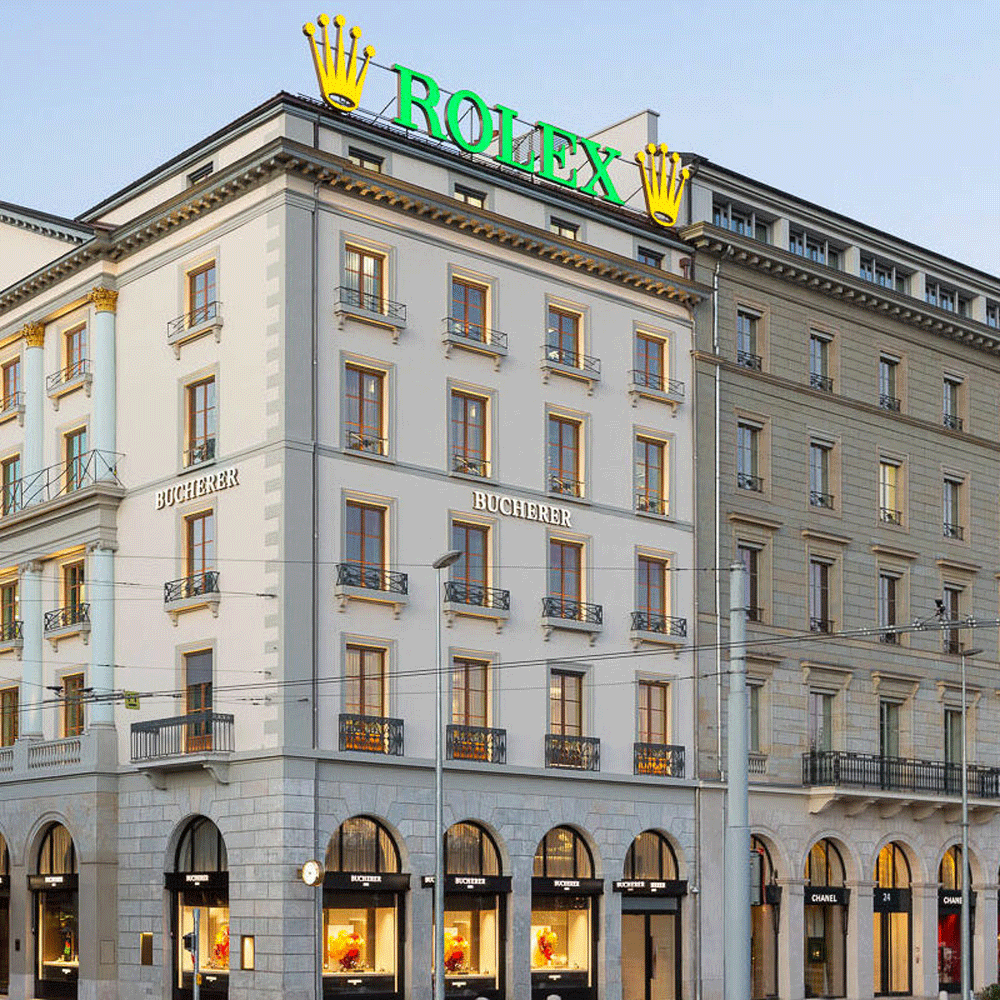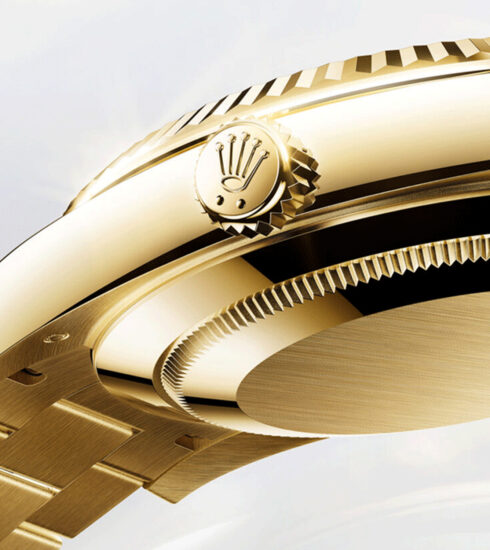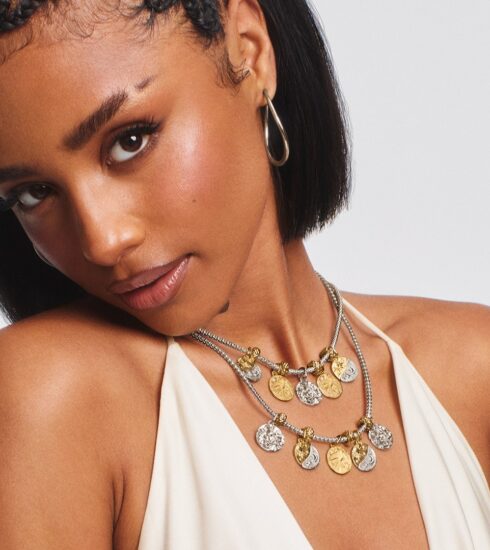My Jewellery Month May 2025: The battle for diamonds and a search for meaning
My Jewellery Month May 2025: The battle for diamonds and a search for meaning
My month of jewelry was permeated by the search for meaning. I want to understand what's important to people in times like these and how that's reflected in the world of jewelry. The movement in lab-grown diamonds and diamonds in May provided an anchor for this. It gets a bit philosophical towards the end...
Left:
Lab-grown diamonds: The industry in transition
The ongoing debate about "lab diamonds vs. natural diamonds" is still a difficult one for me to evaluate. I completely understand the idea that synthetic diamonds have suddenly made something beautiful and enjoyable accessible to many more people. At least for consumers, that's the way it is.
In the background, however, so many factors are simmering, such as environmental impacts—and this applies to synthetic diamonds as well, not just natural ones—supply chains, jobs, business models, and so on. Each aspect of this really needs to be examined individually. But because that's so difficult and time-consuming, it's often easier for us to pinpoint a new direction in this development on major events in the industry. In May, there were actually two:
Event 1: At the beginning of the month, the German industry associations representing the jewelry and watch industries published a guide on the correct labeling and communication of synthetic diamonds, which also serves as a warning. Unfortunately, factory-made stones are all too often accompanied by false marketing that is neither fair to customers nor to competitors who rely on natural diamonds. Education is important for both sectors and will require a lot of work for everyone involved – myself included. In any case, we should all soon achieve true standardization on the linguistic level.
The second big news followed just a few days later: De Beers, the world's largest diamond company, is discontinuing its own line of lab-grown diamonds, "Lightbox," after only seven years. Well, if that's not a sign! Perhaps the hype is over. But the statements from De Beers' management make it clear that it's simply no longer profitable for the company. Lab-grown diamonds have become a cheap, mass-produced product, which is why the diamond giant intends to supply only the industrial sector with synthetic stones in the future. That's truly a major departure. I expect competitors in this sector to either be happy that a giant has thrown in the towel when it comes to synthetic diamonds—or to take a look at their own books to see how profitable the whole thing actually is...
A deep desire for stability
This is often where the line between suppliers and customers lies: if the whole thing isn't financially viable, consumers either don't get the product they want at all or get it in a lesser form. We'll see...
Shortly after this news, a study was published in the US, according to which consumers would accept lab-grown diamonds but prefer natural diamonds. Interesting!
Objectively, I can observe: Of course, manufacturers and advocates of natural diamonds cling to their wares! For centuries, business success with something as coveted as a diamond was simply guaranteed; a security one could rely on. It's difficult to be confronted with a new market development that calls this guarantee into question. Livelihoods are also at stake. Not just at the end of the supply chain, but right at the beginning in countries like India, where the diamonds are cut and polished.
In addition, you shouldn't have to sell a product you don't stand behind. The value of natural diamonds comes from their relative rarity and the fact that they were formed over millions of years in the Earth's history, discovered by chance as they reached the surface via rivers, and because the composition and color of each individual diamond is the result of a random and unique chemical event in Earth's history. That's certainly something to admire.

I think it's true that we humans have given diamonds their "inflated" value. It's emotional, it's human.
I'm familiar with the arguments of the "diamond opponents," who talk about artificial scarcity and inflated prices. Fortunately, you don't have to buy the product if you don't like it. I believe it's true that we humans have given diamonds their "inflated" value. It's emotional, it's human. We wanted it that way and accepted the prices because of what the diamond symbolizes.
We admire things that are so old and so long-lasting because we ourselves only have a short time on earth. That's quite philosophical, but it's the truth: We feel very comfortable with permanence and with things that outlast us. That's why the diamond has become a symbol of eternal love and was thus perfectly marketable – the comparison was simply too obvious and has grown culturally. That's why the diamond wedding anniversary is the 60th anniversary – practically a lifetime, considering that you can't really get married until 18 at the earliest.
Symbols of culture and identity
That's probably why another article at the end of the month focusing on a diamond was quite interesting – our analytics at Insight Luxury revealed that. The upcoming auction of a pink diamond that once belonged to the French Queen Marie-Antoinette has attracted many readers. I can only speculate as to why.
Perhaps my readers here share my thoughts: an already beautiful gemstone is made even more interesting by its history. It is a contemporary witness and part of a gigantic historical event, the French Revolution, and subsequently passed through the hands of many noble ladies from Europe. They were all part of an – admittedly very elitist – system that influenced the culture and history of our country. That's why the stone actually weighs more than just its 10.38 carats. It carries with it the weight of numerous political decisions, marriages, births, and many other events that have shaped history. It represents a piece of identity, something we all long for and something we need to move through the world safely and confidently – but here the humanities scholar in me is very much speaking.
My conclusiont
Perhaps people aren't so aware of these needs. That's why I'm here to see them, to name them, and hopefully, to stimulate reflection. Jewelry is always emotional, we know that. What makes it emotional is its story. Perhaps people view synthetic diamonds as an alien-like foreign object that we can't make sense of, that has no meaning, and that becomes an outsider because it doesn't (yet) carry a story within itself.
There may not be a definitive answer—a right or a wrong—to this question. Some people enjoy carrying the stories of others with them, some enjoy writing their own from scratch. For many, jewelry is a way to anchor themselves in the sea of time, to capture an event. Those who are aware of why they do this may find more meaning in their purchases—and also in their sales. For me, this demonstrates, once again, how personal jewelry is—not just when you buy it, but what kind of jewelry you want to put into the hands of others as a maker and as a retailer.
Marie Antoinette's pink diamond is expected to be auctioned for between $3 and $5 million. Personally, I wouldn't be surprised if the final price for the stone turns out to be much higher.






